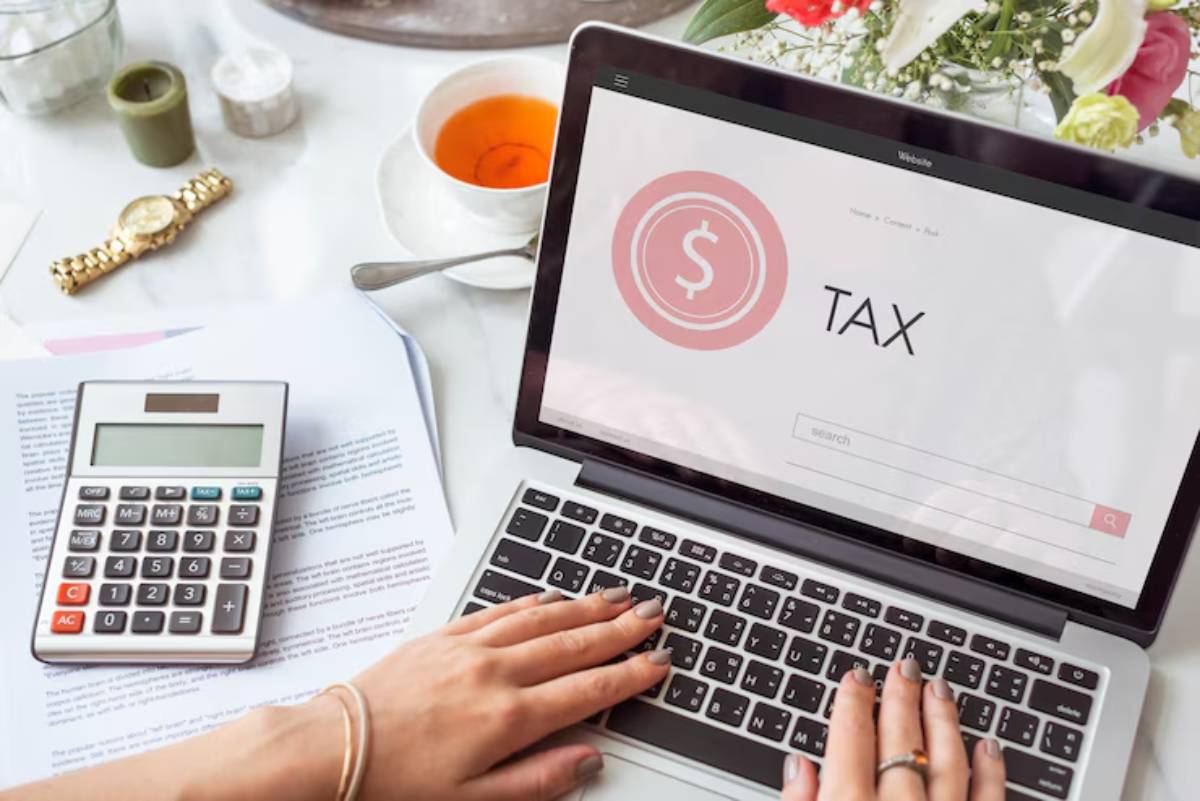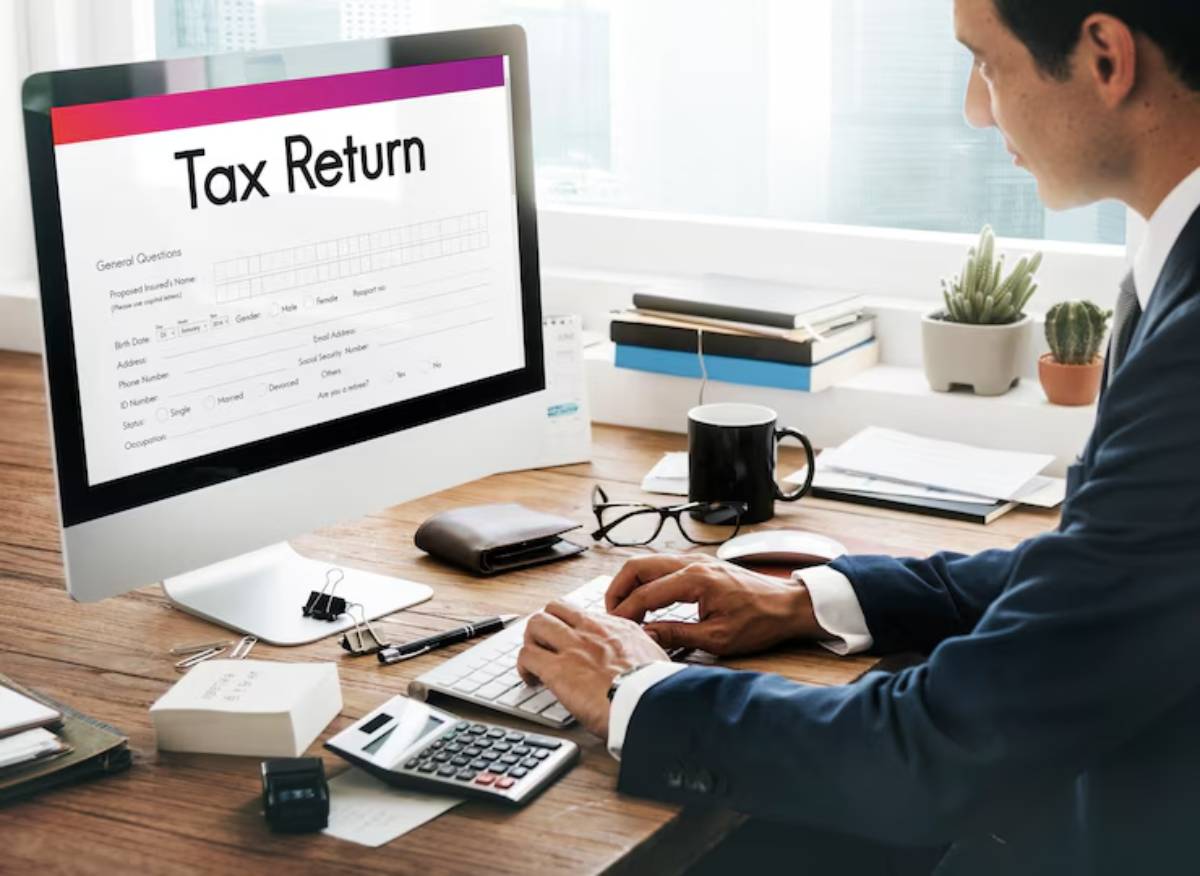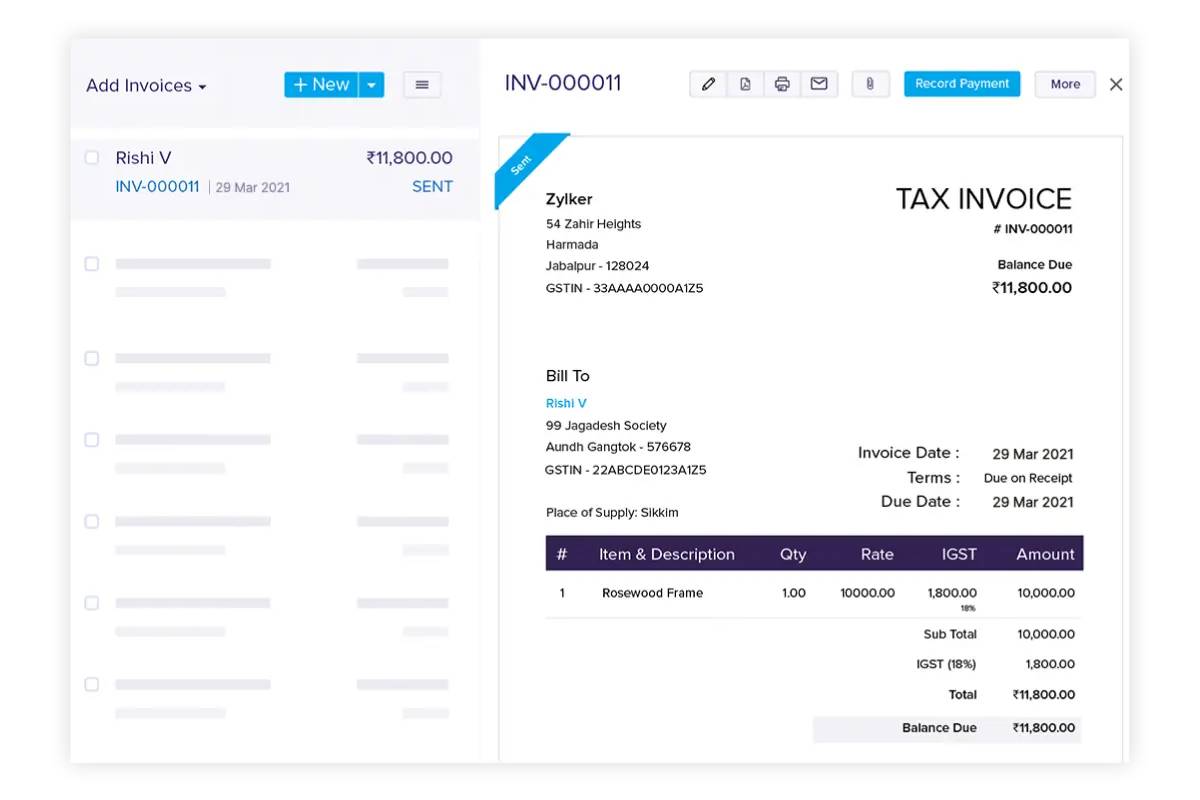
Freelance Tax Basics: What You Need to Know
So, you’ve taken the leap into freelancing — flexible hours, working in your pyjamas, being your own boss. Glorious, right? But just when you’re celebrating ditching the 9-to-5 grind, tax season rolls around like an uninvited guest.
Whether you’re a seasoned gig worker or just starting your side hustle, understanding how freelance taxes work is crucial to your financial well-being. In the UK, freelancing means taking responsibility for your income, your records, and most importantly, your taxes. It can feel overwhelming, but once you break it down, it’s absolutely manageable.
In this guide, we’ll walk you through everything you need to know about freelance taxes, self-assessment, and staying on HMRC’s good side — without the jargon or the stress. Let’s simplify the complex and empower you to own your freelance finances.
Understanding Freelance Taxes: The Big Picture
What Are Freelance Taxes?
When you work for yourself — whether as a graphic designer, copywriter, web developer, or even an Etsy seller — you’re classed as self-employed. That means you’re responsible for declaring and paying your own taxes.
You don’t get a payslip with your tax and National Insurance neatly deducted. Instead, you submit a Self Assessment tax return to HMRC every year, declaring your income, expenses, and calculating what you owe.
Who Needs to File a Tax Return?

If any of the following apply to you.
Then yes, you need to submit a tax return:
- You earned over £1,000 from self-employment in the tax year (April 6 to April 5).
- You’re a partner in a business partnership.
- You have other untaxed income (e.g., rental income, dividends).
Even if you’ve got a part-time freelance gig alongside a full-time job, once you hit that £1,000 threshold, you’re in HMRC territory.
Registering as Self-Employed
When and How to Register
You must register as self-employed with HMRC by October 5 following the end of the tax year in which you started working for yourself. For example, if you started freelancing in June 2024, you need to register by October 5, 2025.
To register:
- Visit the HMRC website.
- Create a Government Gateway account.
- Sign up for Self Assessment and Class 2 National Insurance.
Once registered, you’ll get a Unique Taxpayer Reference (UTR) number — keep this safe, you’ll need it for all things tax.
Pro Tip: Register early. Delays can make filing harder when deadlines loom.
Keeping Track: Income and Expenses
Why Bookkeeping Matters
Good records aren’t just for accountants.
Keeping track of your income and expenses throughout the year can:
- Reduce your tax bill (through allowable expenses)
- Make tax return season way less painful
- Keep you in the clear if HMRC asks questions
What Records Should You Keep?
You should record:
- All income (invoices, bank transfers, PayPal receipts)
- Business expenses (see below)
- Bank statements
- Receipts and bills
- Mileage logs (if you use a vehicle)
Digital apps like QuickBooks, FreeAgent, or Xero can make this much easier, especially if you hate spreadsheets.
What Counts as an Allowable Expense?
An allowable expense is something you use solely for your business. These can be deducted from your income to reduce your tax bill.
Common examples:
- Office supplies
- Marketing costs (e.g., Facebook ads)
- Business insurance
- Software subscriptions
- Travel for work
- A portion of your home bills if working from home
Watch out: Personal expenses, like your Netflix subscription or your weekly shop, don’t count — even if you “need a snack to focus”.
Filing Your Tax Return
Key Deadlines
There are two big dates to remember:
- October 31: Deadline for paper returns (rare these days)
- January 31: Deadline for online returns and payment
Miss these, and you could face:
- A £100 penalty immediately
- Additional fines for the longer you delay
- Daily interest on unpaid tax
So, mark those dates in your calendar — and maybe tattoo them on your hand.
How to File
- Log in to your Government Gateway account.
- Enter your income and expenses.
- HMRC calculates how much tax and National Insurance you owe.
- Pay online or set up a payment plan if needed.
Example: Sarah, a freelance illustrator, earned £35,000 in 2024–25. After £6,000 in expenses, she owes tax and Class 4 National Insurance on £29,000 — not the full £35k. Keeping those receipts paid off.
Understanding National Insurance Contributions (NICs)
Freelancers pay two types of NICs:
- Class 2: Flat rate of around £3.45 per week (if you earn over £12,570).
- Class 4: 9% on profits between £12,570 and £50,270, and 2% above that.
Both are calculated automatically when you submit your tax return.
Why It Matters
Paying NICs isn’t just a legal duty — it also helps build your state pension and entitlement to certain benefits.
How Much Tax Will You Pay?
Income Tax Bands (2024–25)
| Band | Taxable Income | Rate |
|---|---|---|
| Personal Allowance | £0 – £12,570 | 0% |
| Basic Rate | £12,571 – £50,270 | 20% |
| Higher Rate | £50,271 – £125,140 | 40% |
| Additional Rate | £125,141+ | 45% |
Important: These are on profit, not revenue, so remember to deduct allowable expenses first.
Making Payments on Account
What Are They?
If your tax bill is over £1,000, HMRC usually asks you to pay next year’s bill in advance.
In two instalments:
- January 31
- July 31
Each is typically 50% of your previous bill. This can come as a surprise the first time, suddenly paying 150% of your expected bill.
Managing the Shock
You can:
- Save monthly — set aside around 20–30% of your income.
- Use apps like Plum or Monzo Pots to squirrel away tax money automatically.
HMRC Guidelines: Staying on the Right Side
Honest Declarations
Don’t guess your income or “fudge the numbers”. HMRC has data-matching tech, and under-reporting can lead to audits, penalties, or even prosecution.
Check for Updates
Tax rules shift — from thresholds to what counts as an expense. Always double-check HMRC’s official guidance each year or consult a professional.
Consider a Tax Advisor
Not mandatory, but a qualified accountant can:
- Help you maximise deductions
- Prevent costly mistakes
- Save time (and stress)
Think of them as a safety net — especially useful as your business grows.
Common Pitfalls to Avoid
- Leaving it to the last minute — panic leads to errors.
- Not saving for your bill, and scrambling to pay.
- Mixing business and personal finances — always use a separate bank account.
- Forgetting to register — late registration can mean fines.
- Missing payments on account — these surprise many freelancers.
Conclusion: Take Control of Your Tax Story

Freelancing comes with freedom, but it also demands financial responsibility. Understanding the basics of freelance taxes — from self-assessment to allowable expenses — puts you in the driver’s seat. With the right systems, a little planning, and maybe a good accountant, tax season doesn’t have to be terrifying.
Remember:
- Register early
- Keep detailed records
- File on time
- Pay what you owe — and save ahead for it
You’ve worked hard to build your freelance career. Don’t let tax stress spoil it. Be proactive, stay informed, and treat your freelance finances with the respect they deserve.


